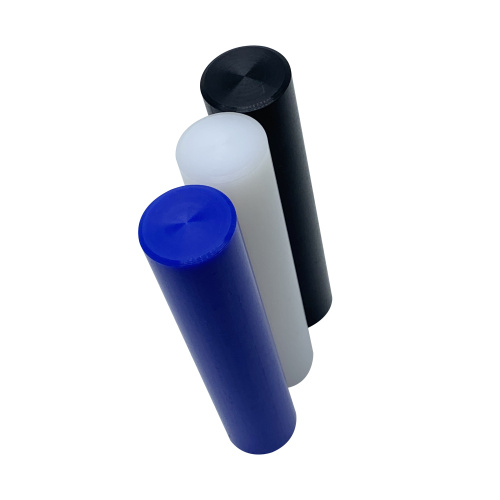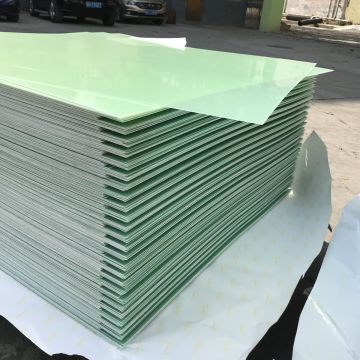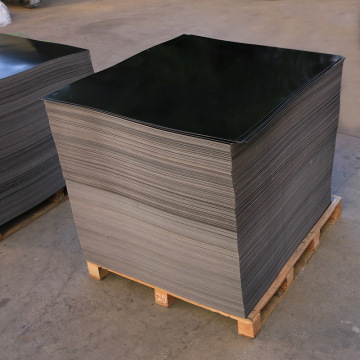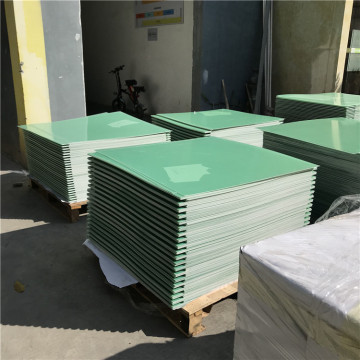
Virgin Polyamide 6 Rods for Durable Machine Gears
- Min. Order:
- 1 Kilogram
- Min. Order:
- 1 Kilogram
- Transportation:
- Ocean, Land, Air, Express
- Port:
- shekou
Your message must be between 20 to 2000 characters
Contact Now| Place of Origin: | shenzhen |
|---|---|
| Productivity: | >5000kg |
| Supply Ability: | >10000kg |
| Payment Type: | T/T,Paypal |
| Incoterm: | FOB,EXW,CIF,CFR,CPT,CIP,DEQ,DDP,DDU,DAF,Express Delivery,DES |
| HS Code: | 3920920000 |
| Transportation: | Ocean,Land,Air,Express |
| Port: | shekou |
Polyamide 6 (PA6/Nylon 6): A Versatile Engineering Thermoplastic
Polyamide 6, commonly known as PA6 or Nylon 6, is a synthetic polymer renowned for its balance of strength, durability, and versatility. As one of the most widely used engineering plastics, PA6 plays a critical role in industries ranging from automotive manufacturing to consumer goods. Let’s explore its chemistry, properties, applications, and why it remains a material of choice globally.
1. Chemistry and Production
PA6 is synthesized through the ring-opening polymerization of ε-caprolactam, a cyclic amide monomer. During this process, caprolactam’s six-carbon ring structure breaks open, forming long polymer chains with repeating amide (-NH-CO-) groups. Unlike PA66 (made from hexamethylenediamine and adipic acid), PA6 is derived from a single monomer, simplifying production.
Key steps in manufacturing:
-
Melt Polymerization: Caprolactam is heated (250–280°C) under inert conditions to initiate polymerization.
-
Cooling & Pelletizing: The molten polymer is extruded, cooled, and cut into pellets for further processing.
2. Key Properties
PA6’s performance stems from its semi-crystalline structure and hydrogen-bonded amide groups:
-
Mechanical Strength: Tensile strength of 70–90 MPa, ideal for load-bearing parts.
-
Impact Resistance: High toughness even at low temperatures (-40°C).
-
Thermal Stability: Continuous use up to 120°C; glass transition temperature (Tg) ~50°C.
-
Chemical Resistance: Resists oils, greases, and hydrocarbons but absorbs moisture (~3% at 50% RH).
-
Machinability: Easily molded, extruded, or CNC-machined.
3. Applications Across Industries
Automotive
-
Engine Components: Air intake manifolds, radiator end tanks (heat and chemical resistance).
-
Structural Parts: Gear housings, fuel line connectors (vibration damping).
Consumer Goods
-
Textiles: High-tenacity fibers for sportswear and carpets.
-
Electronics: Cable ties, connectors (flame-retardant grades available).
Industrial
-
Bearings & Gears: Self-lubricating properties reduce wear.
-
Food Packaging: FDA-compliant grades for meat packaging films.
Related Keywords















